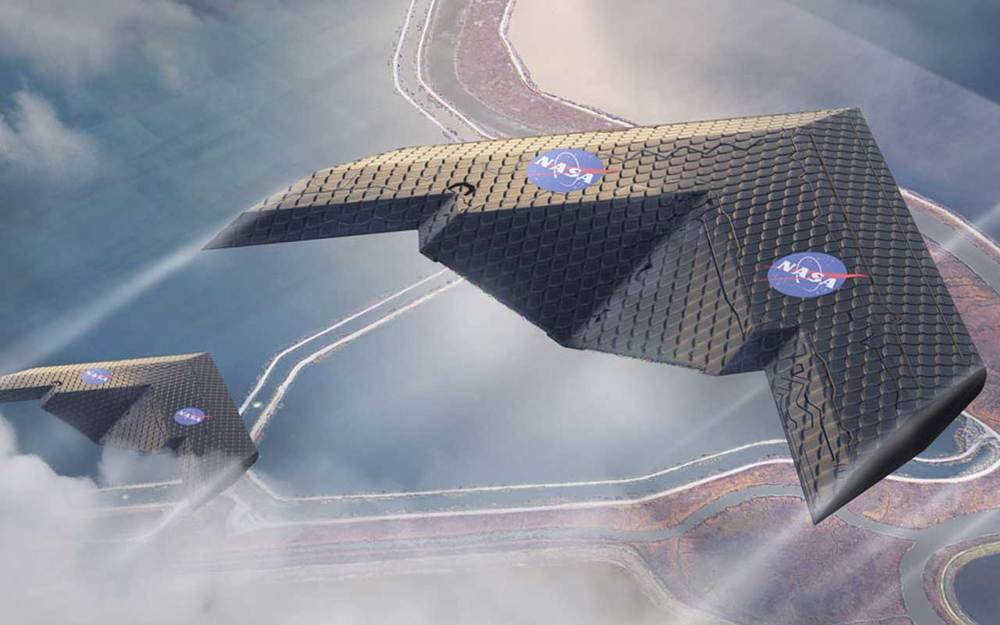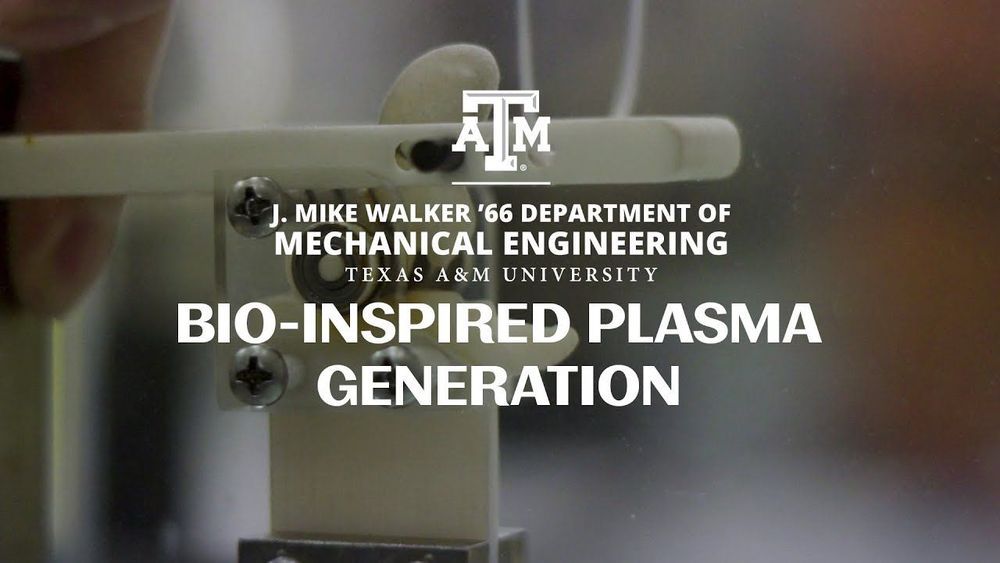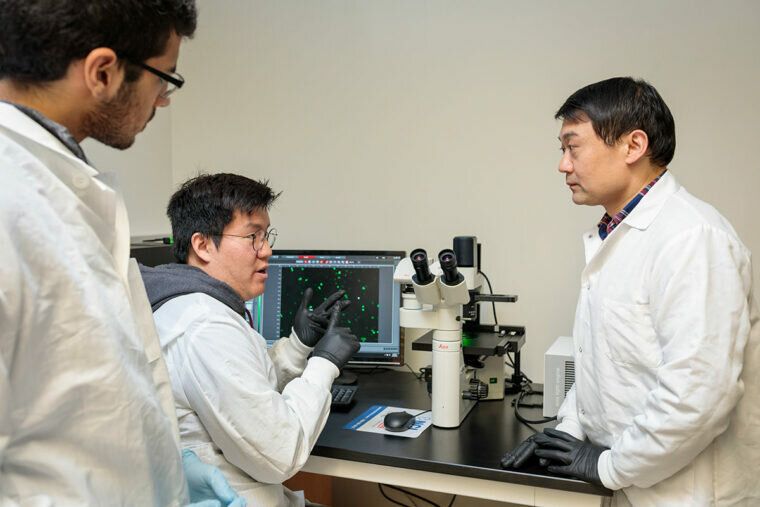The wings of aircraft today are complex systems with lots of moving flaps and components controlled by hydraulics or cables depending on the application. Researchers from NASA and MIT have shown off a new wing design that is flexible and able to change shape to control the flight. The team says that the new design could significantly boost aircraft production, flight, and improve maintenance efficiency.
To develop a new method of underwater plasma generation, scientists used 3D printing to replicate the shape of a snapping shrimp claw and the complex way it works.
As reported in Science Advances, the discovery could lead to significant improvements in the development of water sterilization, drilling, and more.
When the snapping shrimp—also known as the pistol shrimp—snaps its claw, it shoots out a jet of water fast enough to generate a bubble which, when it collapses, creates a loud noise and emits light. The high pressures and temperatures produced in this process lead to plasma formation.

(Originally posted March 7, 2019, on the Crowdfunding Professional Association’s website.)
The purpose of this memo is two-fold:
- To highlight the possibility of risks to banking and finance sectors arising from new financial instruments based on blockchain technology; primarily from novel financial accounting methods and products called “stablecoins,” digital tokens, and cryptocurrencies.
- To encourage regulators and policymakers to engage blockchain thought leaders, product developers and the community in general to better understand the economic and policy implications of public, private and permissioned blockchains; their application to banking and finance regulations; and how innovation may be encouraged in a safe, sound and responsible manner.
Wang and his colleagues found that many cancers that get switched into overdrive and boost tumor growth have jumping genes that function as a kind of stealthy “on switch.” These cryptic switches can force a gene to be turned on all the time, even though it should be off.
Mistakes in DNA are known to drive cancer growth. But a new study, from Washington University School of Medicine in St. Louis, heavily implicates a genetic phenomenon commonly known as “jumping genes” in the growth of tumors.
The study is published March 29 in the journal Nature Genetics.
Since jumping genes aren’t mutations—mistakes in the letters of the DNA sequence—they can’t be identified by traditional cancer genome sequencing. As such, this study opens up new lines of research for future cancer therapies that might target such genes.
But in “The Matrix,” the landmark of liquid-action sci-fi released 20 years ago today, the artificial intelligence comes at us in a uniquely teasing, forward-tilting, who’s-that-in-the-mirror way. The movie is about a computer-company office drone, played with pinpoint charisma by Keanu Reeves, who gets tugged out of his existence by a rebel underground that unplugs him from the Matrix.
The term “artificial intelligence” was coined in 1956, but one way or another it has been the subject of just about every great science-fiction movie, from “Metropolis” to “Frankenstein,” from the paranoid fables of the ’50s (about brainy robots and aliens with giant noggins who were like “advanced” versions of ourselves) to “2001: A Space Odyssey,” in which HAL, the computer who talks like a wounded therapy patient, displays the anger and ego of a jilted human being. And by the late ’70s and early ’80s, the Machines Who Could Think were really taking over. “Alien” featured a technologically evolved monster with the metallic jaws, the helmet head, and the relentlessness of a demonic thresher, the most sympathetic character in “Blade Runner” was a replicant, and “The Terminator” gave us a dystopia ruled by the machines, featuring a weaponized badass who was the ultimate programmed destroyer.
After being sold out this year with nearly 500 participants, we will be back in 2020!
Already missing us? Subscribe to the Undoing Aging YouTube channel to get notified when the UA2019 speaker presentations are released: youtube.com/c/UndoingAging








